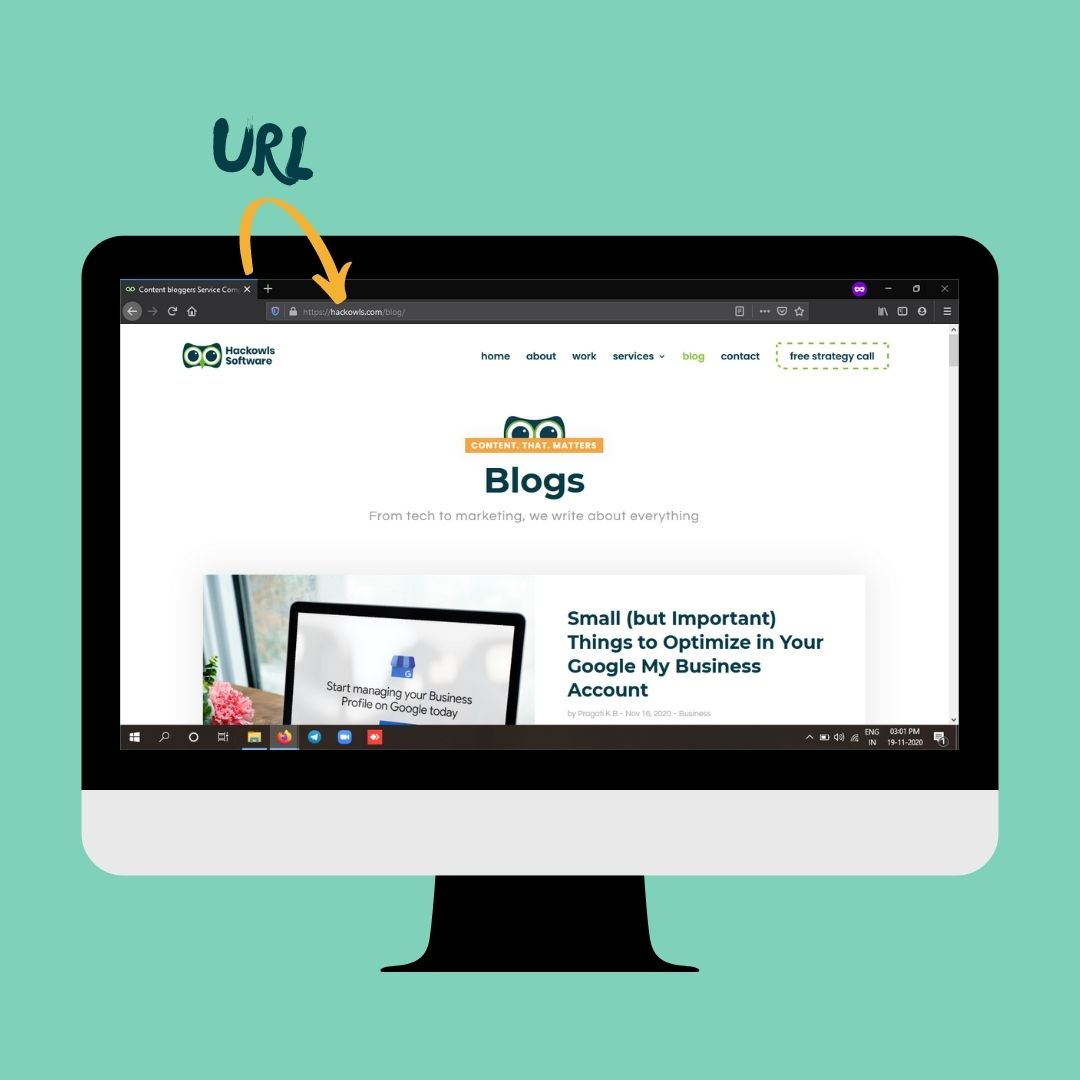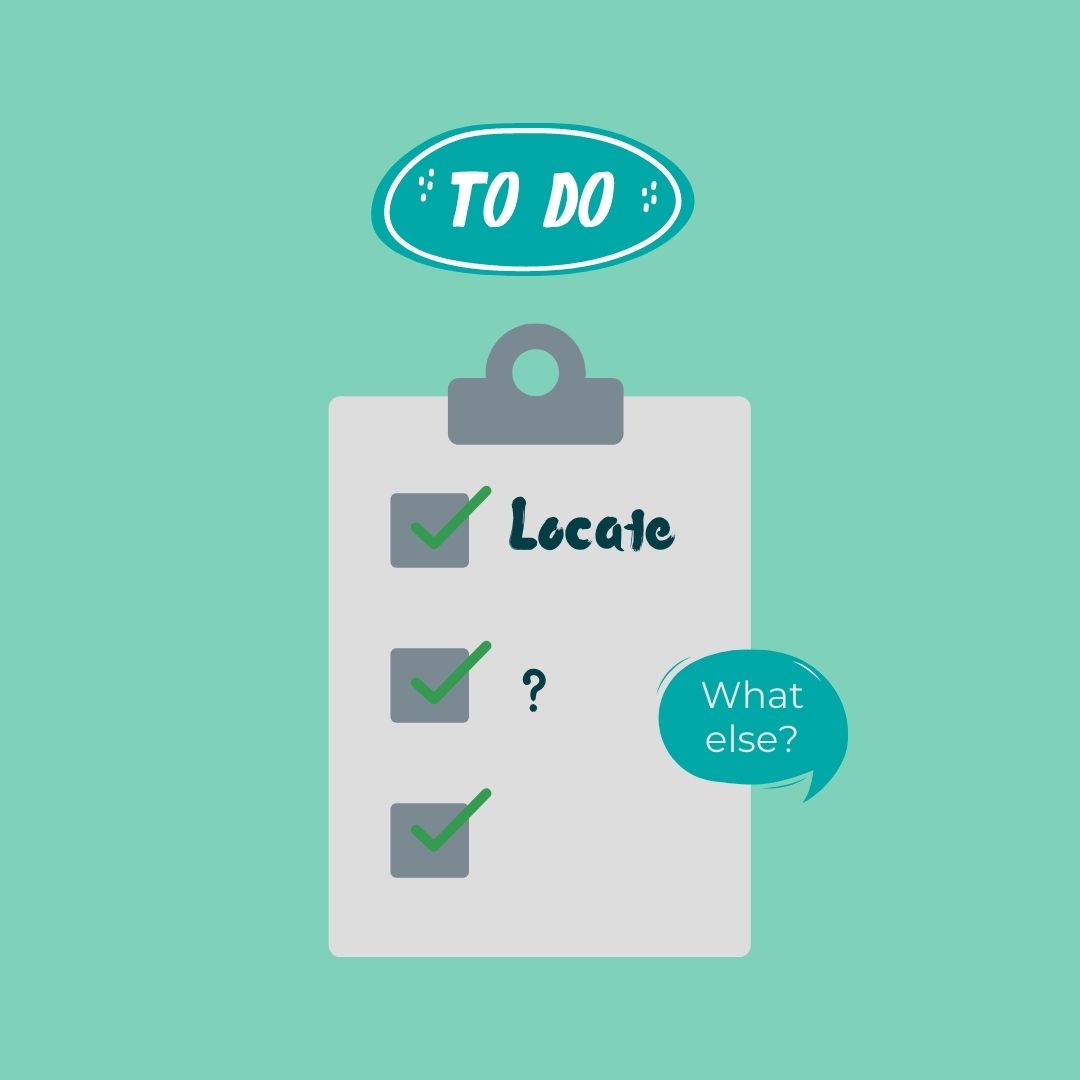You invite a group of people for a weekend party at your home. You share your home address so they find the way to their destination easily. Now it has become even easier with the incorporation of Maps on the Internet. Nobody has to remember home numbers or which right to take or which landmark to remember anymore.
Now let’s say you invite your client to visit your website. You give them the URL (the link to your website, as it is commonly called) and if you share the URL digitally, all it takes for your client to visit is one click. When your client wants to visit you again and has maybe lost the digital message containing the link, your client will try to dig his or her depths of memories to remember it. 74% of your traffic is likely to revisit and in this case, your URLs must be easy to remember and to find.
But Wait… What Is a URL?

A URL or a Uniform Resource Locator is the technical equivalent of the colloquially used term, ‘web address’. Very similar to home/office addresses, if you need to find something in the vastly spread Internet, you need its exact address and URL is just that.
So, A URL’s Job Is Simply To Locate Something?

Well yes, that is the primary role of a URL. Apart from being a set of navigational instructions, URLs are extremely beneficial for SEO purposes.
A properly structured URL finds its way to the SERP (Search Engine Results Page). When you search for something on a search engine, the results have 3 key parts – URL, Title and Description. When you look at all the URLs in the results, you will find that they are either neatly structured or have breadcrumbs. URLs that are a mambo-jumbo – a complex combination of unrelated words, symbols and numbers never make it to the top of the results.
How Can You Structure Your URL to Please Both Humans and SEO?
The 3 basic components of a URL are protocol, domain name and the path. A URL often starts with a protocol i.e either an HTTP or HTTPS, followed by the domain name which is usually the name of the business/brand/person/organization. The last section of a URL is the path or directory. Here is an example –
The protocol and the domain name remains constant, it is the path of your URL that needs constant attention. Here are some serious considerations to make while framing your URL –
-
Strictly only lower case –
URLs are case sensitive and hence if it has mixed-case letters, it becomes a torment to everybody. Refrain from including numbers as well.
Wrong – https://www.abc.com/abc1Xyr382=s9ftc
Right – https://www.abc.com/abc -
Short and precise –
If URLs contain many words and are as long as a sentence, it becomes hard to remember. URL lengths also influence the rankings of the webpage. A study by Backlinko uncovered that short URLs tend to have a slight ranking advantage over longer URLs.
Wrong – https://abc.com/abc-product1-fine-quality-small-glass-cup-with-handle
Right – https://abc.com/glass-cup. -
Farewell to underscores –
A lot of URLs include underscores as a word separator. URLs when shared automatically get underlined and the underscores get hidden behind the underline which makes the user think of it as a character space. To avoid this misinterpretation, words in a URL can be separated by either a hyphen or a forward slash.
Wrong – https://abc.com_small_glass_cup
Right – https://abc.com/small-glass-cup -
The keyword is the key –
Apart from using the keyword in website headers and metadata, it needs to be used in the URL too to please the search engines. URLs with keywords helps the webpage rank better and gives increased visibility. At the same time, ensure the keyword’s usage is logical and it is not stuffed for the sake of it.
-
Findability is fundamental –
Have you wondered why Wikipedia results appear on the top of SERP? It is because they follow topical URL structures. The Wikipedia URLs will always have the topic in it and we always enter topics in search engines. Some blogs have author names in the URL but they collapse in terms of SEO.
Readers search for blogs with the keyword/title/subject and not by author/date/publication. LinkedIn profile URLs are findable because they have names whereas if LinkedIn articles have names, they become extremely hard to find and hence article URLs must have the article’s title itself.



